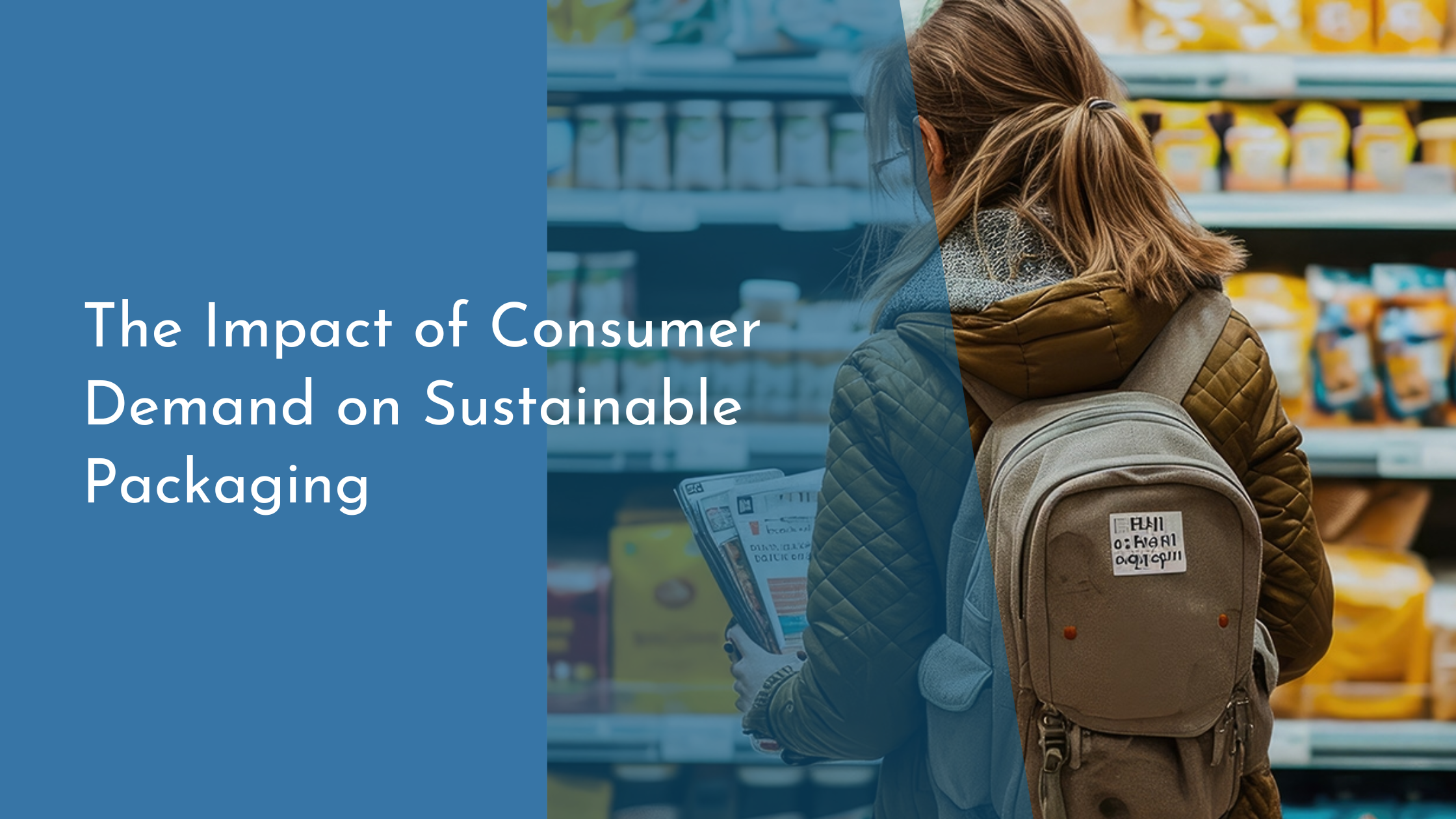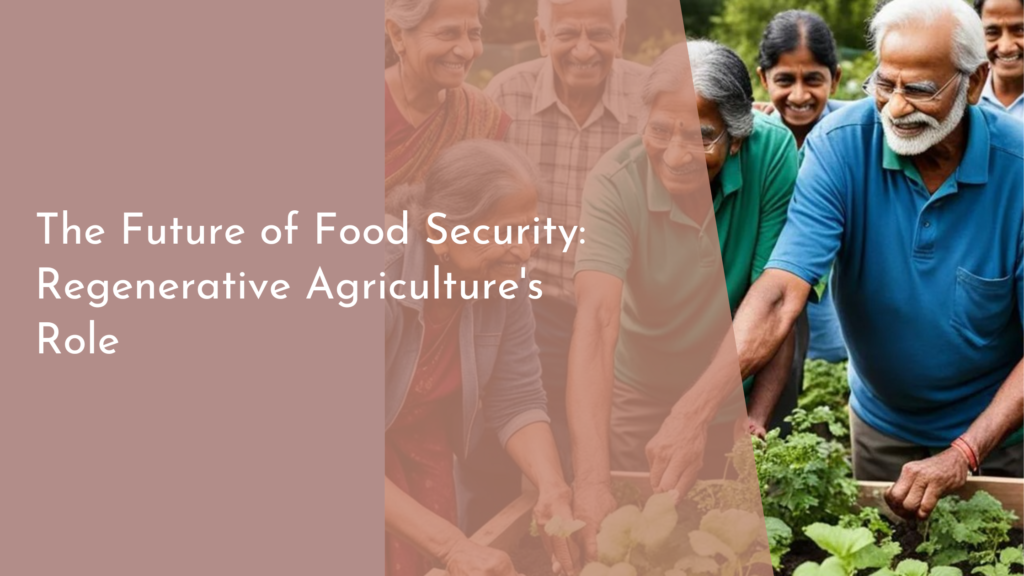The Impact of Consumer Demand on Sustainable Packaging
In recent years, the demand for sustainable packaging has surged, driven by an increasing consumer awareness of environmental issues. As consumers become more eco-conscious, their purchasing choices are significantly influencing the packaging industry. This article explores the current trends in consumer demand for sustainable packaging, the innovative solutions being developed, the challenges faced by industries, and the positive outcomes and future prospects of meeting these demands.
Understanding Consumer Demand Trends
The shift in consumer preferences toward sustainable packaging is largely fueled by growing environmental awareness and a desire to reduce personal carbon footprints. Consumers today are more informed than ever about the environmental impact of their purchasing choices. They are increasingly prioritizing brands that offer eco-friendly packaging solutions, reflecting their commitment to sustainability. This shift is driven not only by individual concern for the environment but also by the influence of social movements and advocacy for greener practices.
Moreover, consumers are demanding transparency and accountability from companies regarding their sustainability practices. With the rise of social media and digital platforms, consumers have unprecedented access to information about the environmental practices of the brands they support. This has led to increased pressure on companies to adopt sustainable packaging solutions as a means to secure consumer loyalty. As a result, brands are racing to develop and implement packaging solutions that not only meet consumer demand but also demonstrate their commitment to environmental stewardship.
Innovations in Sustainable Packaging
In response to these demands, companies are investing heavily in research and development to create innovative sustainable packaging solutions. One notable innovation is the development of biodegradable materials that break down more quickly and safely in the environment compared to traditional plastics. These materials, often derived from natural sources such as cornstarch and sugarcane, offer a viable alternative to conventional packaging and help reduce plastic waste.
Another exciting advancement is the use of recycled materials in packaging. Companies are increasingly utilizing post-consumer recycled content to create new packaging solutions, thereby reducing the demand for virgin materials and minimizing environmental impact. Advances in technology are also enabling the production of lightweight packaging, which reduces transportation emissions and costs. These innovations not only address consumer demand but also contribute to broader sustainability goals, reinforcing the positive impact of consumer-driven change.
Challenges in Meeting Consumer Demand
Despite the progress, meeting consumer demand for sustainable packaging presents significant challenges. The primary hurdle is the cost associated with developing and implementing new packaging technologies. Sustainable materials often require more costly production processes and investments in new infrastructure. This can be especially challenging for small and medium-sized enterprises that may lack the financial resources to transition to sustainable packaging solutions.
Additionally, there is a lack of standardized regulations and definitions around what constitutes “sustainable packaging,” making it difficult for companies to align their practices with consumer expectations. This can lead to confusion and skepticism among consumers, who may question the authenticity of a brand’s sustainability claims. Navigating these challenges requires collaboration across the industry and a commitment to transparency and innovation.
Positive Outcomes and Future Prospects
The push toward sustainable packaging has already yielded numerous positive outcomes. It has stimulated a spirit of innovation within the packaging industry, leading to the development of novel materials and technologies that reduce environmental impact. Companies that have successfully adopted sustainable practices are reaping the benefits of increased consumer loyalty and brand reputation, as eco-conscious consumers are more likely to support brands that align with their values.
Looking to the future, the prospects for sustainable packaging appear promising. As technology continues to advance and costs decrease, more companies will be able to adopt eco-friendly packaging solutions. Furthermore, the growing emphasis on circular economies and zero-waste initiatives is expected to drive further innovation in sustainable packaging. With continued consumer support and industry collaboration, the vision of a more sustainable future in packaging is well within reach.
The impact of consumer demand on sustainable packaging is a testament to the power of informed and conscious consumer choices. As consumers continue to prioritize the environment in their purchasing decisions, they are driving significant changes across the packaging industry. While challenges remain, the progress made thus far is encouraging, and the future promises even more exciting developments in sustainable packaging solutions. Together, consumers and companies can make meaningful strides toward a more sustainable and eco-friendly world.


